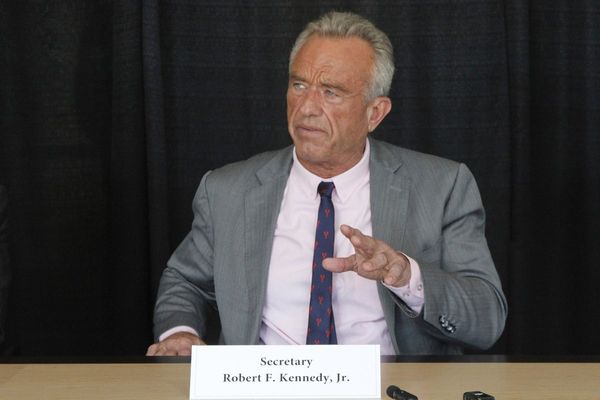
Some threatened species have lost most of their habitat to developments deemed unworthy of extra federal scrutiny, a new analysis has found.
The University of Queensland-led study says federal environment laws are so flawed they've been no barrier to habitat destruction for species at risk of extinction.
Under the Environment Protection and Biodiversity Conservation Act developments deemed to have a potentially significant impact on protected species must seek further federal review and approval.
Developments considered unlikely to have a significant impact can skip that step.
"But as the law is currently applied, significant impact projects are clearing just as much species habitat as projects considered low risk," says UQ PhD candidate Natalya Maitz, who led the analysis.
She says the system designed to classify development projects according to their environmental impacts is "more or less worthless".
"There's no statistically significant difference between the amount of threatened habitat destroyed under projects deemed 'significant' or 'not significant' by the national biodiversity regulator."
Co-author Dr Martin Taylor says one of the most troubling flaws is the lack of clarity.
"Neither the act itself, nor the regulator, have been able to provide clear, scientifically robust thresholds for what constitutes a significant impact, such as X hectares of habitat for species Y destroyed," Dr Taylor says.
"Numerous species have lost a majority of their referred habitat to projects deemed non-significant.
"For example, the tiger quoll lost 82 per cent of its total referred habitat to projects considered unlikely to have a significant impact, while the grey-headed flying-fox lost 72 per cent."
Dr Taylor says the government won't achieve it's pledge to prevent any new extinctions unless threats to critical habitat are stopped.
An independent review of the act in 2020 detailed its many failings, including concerns about inconsistencies in decision making.
"These findings emphasise the importance of considering cumulative impacts and the need to develop scientifically robust thresholds that are applied rigorously and consistently - factors that need to be considered when drafting the upcoming reforms," Dr Taylor says.
Environment Minister Tanya Plibersek has promised a fundamental overhaul of federal environment laws after the State of the Environment report detailed shocking declines in the health of native ecosystems.
The new laws will be underpinned by national standards that explicitly define what they are trying to achieve, something the existing act does not do.
The minister has also promised a suite of new regional plans, spanning the entire country, to ensure cumulative impacts like those highlighted in the analysis are addressed.







